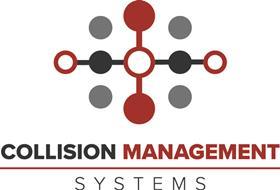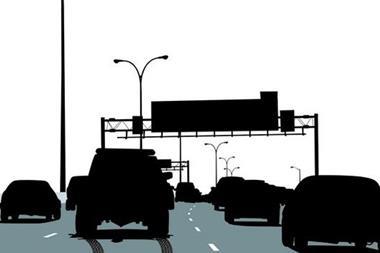Charles Smith, founder and chief executive of Collision Management Systems, on why telematics won’t fulfil its promise until it can be made to work for all vehicles

The use of telematics data to increase insurance profitability seems well documented and proven. The internet and conferences are awash with forward-thinking insurers and insurtechs proudly demonstrating significant improvements in profitability from a telematics programme. This is something that should rightly be shouted about.
Yet, despite these well documented benefits, telematics hasn’t become a mainstream offering. So, what is stopping a technology solution with such clear benefits being offered to every driver across the UK? The answer mainly lies in the telematics hardware. The reality is that the economics of funding and installing the hardware simply do not stack up for most insurance policies, and hardware costs are not going to come down much further.
Apps are becoming a popular choice due to their lack of hardware cost, but this has a trade-off with data quality, meaning apps are often just a method of self-selecting the best risks.
So, what is the answer to telematics becoming a mainstream proposition? The only logical and long-term solution is for insurers to use whatever is already in the vehicle as their source of data. However, this requires insurers to employ different thinking and technology to work at scale.
Commercial motor insurance is a good window into this world and way of thinking. Commercial motor funding hardware has been unilaterally unsuccessful in the fleet world. Not only do insurers have the same economic challenge, but trying to install a device in such a highly utilised vehicle, and one that no doubt already has a myriad of other devices in it, makes this an almost impossible task. This has forced commercial motor insurers and brokers to explore how they can use the data from the telematics devices already installed in the vehicles.
Reaping the benefits
While this thinking is still at a relatively early stage in the market, some organisations are moving at pace and reaping the benefits already. Insurers and brokers are getting a view of their client’s risk profile that they never had before, from sophisticated insights down to simply knowing how many vehicles on cover are on the road. This is before even getting into the realms of being able to properly benchmark a fleet client’s data and then using that to actively manage the risk and reduce average claims frequency by up to 20%.
But again, the question posed earlier could be asked. If the benefits are so well documented, why is this not the norm in the commercial motor market? Again, the answer we believe is simple. It requires insurers to look beyond working with, or referring, a specific telematics provider, or even a panel of telematics providers. Insurers and brokers need to find the expertise internally or externally to collate and standardise the data being produced by all the different telematics providers to make it comparable.
Building this bed of good quality data is the foundation of everything clever and automated being developed in claims and underwriting, but the technology and knowledge to do it is in short supply.
As cars become more connected, this challenge will only increase across personal and commercial motor lines as there will likely be a different hardware variation for each make, model and year of vehicle. Therefore, anyone who gets this right in commercial motor today will be very well positioned for the future.

Hosted by comedian and actor Tom Allen, 34 Gold, 23 Silver and 22 Bronze awards were handed out across an amazing 34 categories recognising brilliance and innovation right across the breadth of UK general insurance.




















































No comments yet